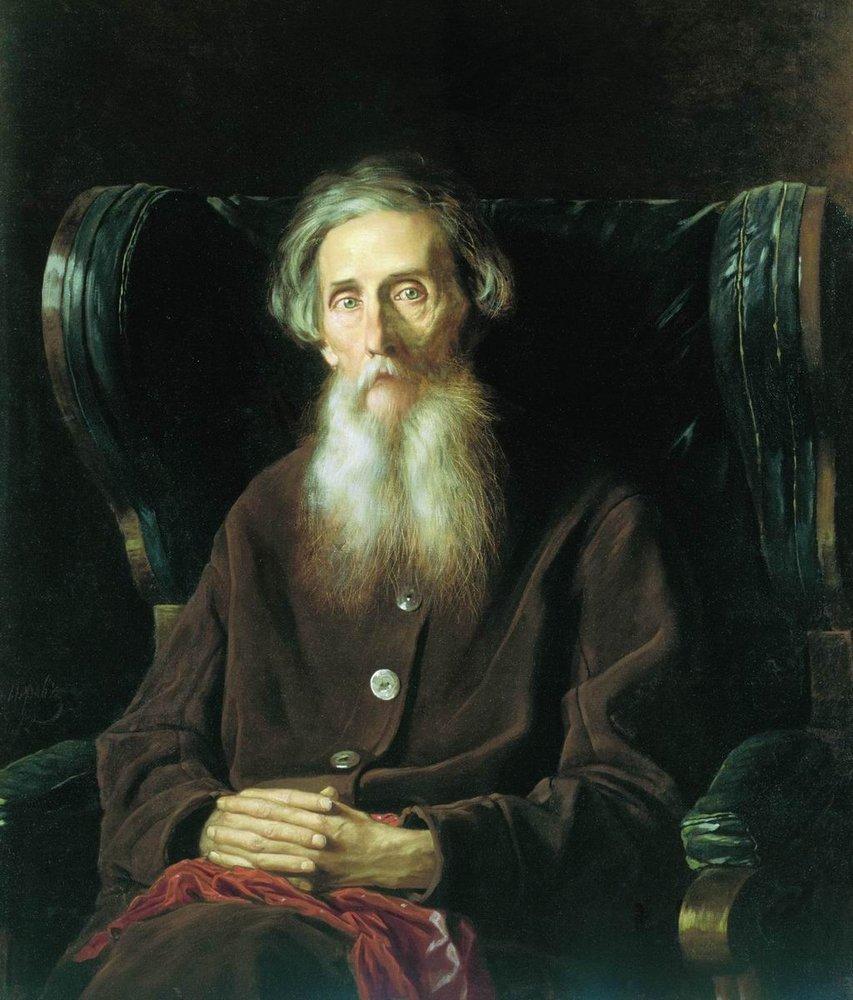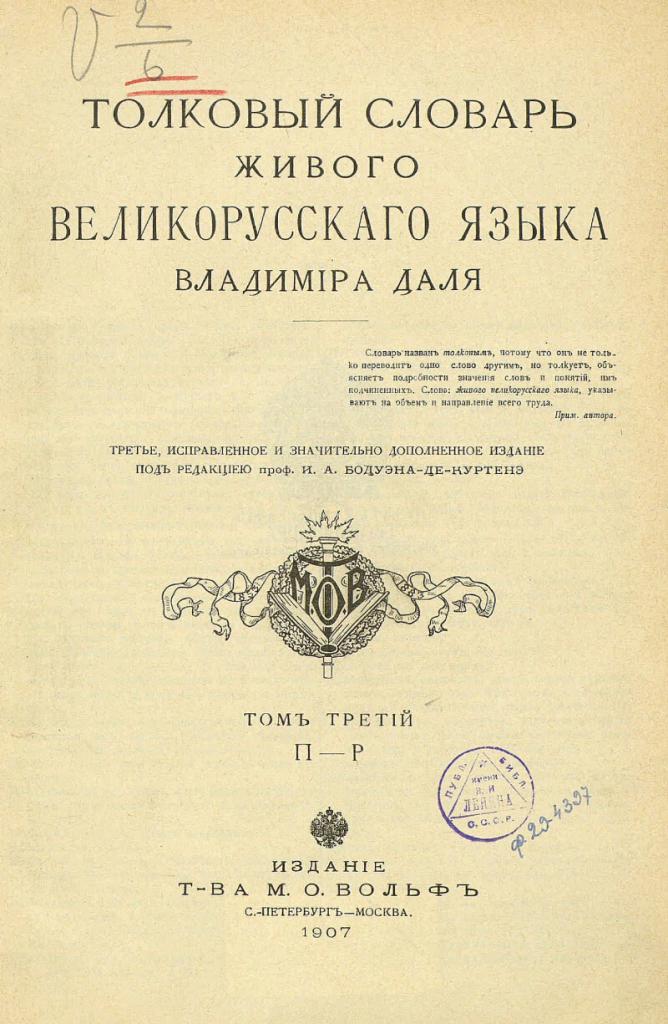From childhood we hear that the Russian language is one of the most beautiful and rich. And, of course, it is impossible to argue with that. There is no need to go far for evidence. You can simply take any classics from the shelf. Is it possible to deny the beauty and melody of verses by A. S. Pushkin and S. A. Yesenin? And if you open any novel by L. N. Tolstov, you can find sentences that start at the beginning of the page and end in its middle or end. Is this not proof of the richness of the language? How many expressive words. And, of course, there were those who wanted to collect these words, organize and explain.
What is an explanatory dictionary?
Perhaps the first thing that comes to mind in response to this question is a publication that contains a certain list of words distributed alphabetically with an explanation of their meaning.
And in fact, this idea is as close as possible to the truth. For example, the Encyclopedic Dictionary on the question of what an explanatory dictionary is, gives the following answer: “An explanatory dictionary explains the meanings of words of any language; contains their grammatical and stylistic characteristics, examples of use, etc. " From these definitions it becomes clear where the name of the dictionary came from. He explains the meaning of words, i.e., interprets them. But if we discard these definitions, then the dictionary not only interprets words, but also serves as a bridge between eras on a par with classical literature. How many words are no longer used so often in everyday life? And how much is completely forgotten?
"Explanatory Dictionary of the Living Great Russian Language"
Probably, if someone is asked about what explanatory dictionaries are, then this dictionary will come to mind one of the first. And maybe the very first. V. I. Dahl wrote "Explanatory Dictionary of the Living Great Russian Language" back in the 19th century.
The dictionary contains about two hundred thousand words. It’s hard to imagine. According to statistics, an average person by the age of fifty has a vocabulary of approximately seventy thousand words. Of course, in everyday life, people use only a small part of this vocabulary. Vladimir Dahl has been collecting material for his vocabulary for 53 years. How many people know what the word “avsen” or “inshin” means? Most likely, very few.
V. I. Dahl wrote down every word he didn’t know for the first time. Even before his death, he continued his work. Having serious health problems, he asked his daughter to supplement the second edition of his dictionary with four new words. So much he was devoted to his work. Even the loss of these four words, which seem like a drop in the ocean, would be significant. And his labors were not in vain.

Even after so much time, many will recall the dictionary of V.I. Dahl when asked what an explanatory dictionary is. It is worth paying attention to the name of the dictionary. It’s not just that the word “living” stands there. The author in large quantities introduced into the dictionary the words characteristic of folk speech. They were used in easy communication and were far from the language of the “scientist”, “educated”. Indeed, in written speech and in the literary language there were many borrowed words. And V.I. Dahl believed that the wealth of the Russian language is so enormous that borrowing is not needed. There is a word for everything in Russian.
And yet V.I. Dahl achieved his goal. After the release of his works, interest in the Russian language increased noticeably. And to be more precise, then to his dialects. After all, they relate to live speech.
Dictionary Structure
“The Explanatory Dictionary of the Living Great Russian Language” cannot be considered normative. The dictionary has very few stylistic characteristics of the presented vocabulary. In addition, many words do not have detailed definitions. Instead of definitions, examples of the use of vocabulary are often given. Also, the dictionary is composed in alphabetical nest order. However, a clear structure is not always respected here, so some difficulties may arise when searching for words. In the dictionary you can find nonexistent words. They were invented by V.I. Dahl himself to replace foreign words rooted in the Russian language. In addition to a huge list of words, in the dictionary you can find proverbs, sayings.

To the question of what an explanatory dictionary is, one can also answer that this is evidence of our development. After all, dictionaries cover all spectra of vocabulary. You can find colloquial expressions, terms, and neologisms in them. Everything that was relevant in different eras. Everything that was used by different segments of the population. In the dictionary, the author even mentions various stable phrases, i.e. phraseological units that were widely used in colloquial speech.
The analysis of vocabulary can tell a lot about the era when it was in use. For example, the dictionary has a lot of terms related to various ancient crafts. So the dictionary not only helps to understand the meaning of words, but to some extent can be a historical source. The explanatory dictionary of V.I. Dahl is a unique phenomenon in nature. He stands out among the works of other authors in that his creator was not a linguist. V. I. Dahl simply sincerely loved the Russian language, carefully treated the words, collected them bit by bit, saved them. That is why his dictionary is also a reflection of Russian culture. And what better reflects culture, if not a folk language?